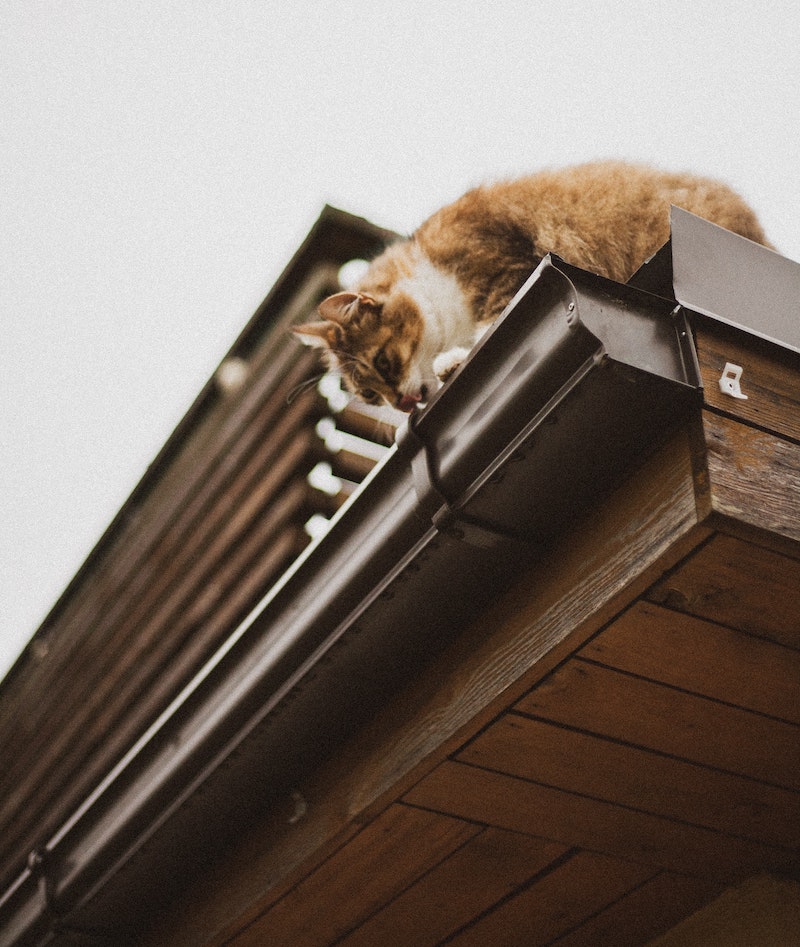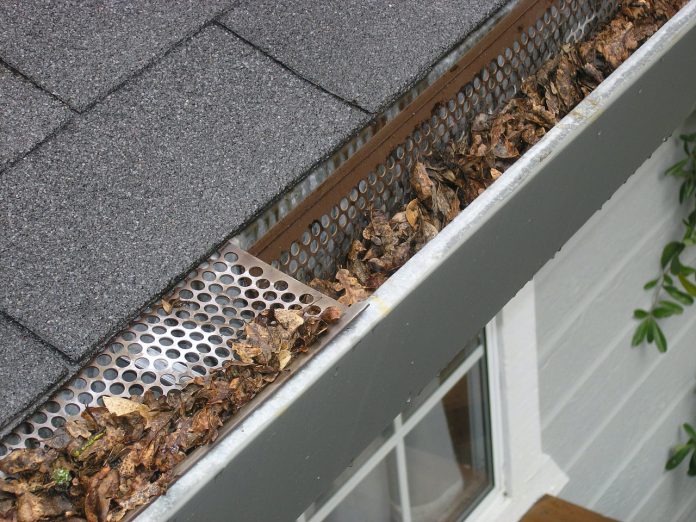Gutter Installation 101: 7 Tips on How to Install Rain Gutters with Videos
Rain gutters are built to do one thing— channel rainwater away from the foundation, and they are effective in terms of preserving the structural integrity of your house. Over time, gutter systems fail due to inadequate routine maintenance or severe weather. While gutter replacement can be done with some DIY experience, it’s important to note that poor installation could render the whole system useless. If you are deciding on repairing or replacing your own gutter system, below are some essential tips on how to install gutters.
#1. Rain Gutter Sizing
Gutters must be sized ideally for your house. To measure the gutter size, identify the following things:
- roof slope
- roof square footage
- intensity of rain in your city
Look for a gutter-measuring calculator online. You can also talk to a professional for further assistance.
#2. Downspout Positioning
Always decide your downspout positioning beforehand. This way, you will know exactly which direction the gutters should be angled.
If possible, try positioning the downspouts right near the corners. Also, make sure not a single downspout is covering over 20 linear feet of gutter.
Note that if there is a stretch of 20+ feet of gutter, you need to position your downspouts at both ends of the run. Furthermore, if the run happens to be more than 40 feet, that’s your cue to place a downspout right in the middle, too.
Here are some videos that we found helpful for installing and maintaining gutters.
#3. Chalk Line Snapping
As mentioned, you need to be careful when it comes to angling your gutters. They should be angled slightly so that the rainwater can run to your downspout. This is why determining the angle simply by eyeballing it is probably not going to be helpful.
Instead, pick a chalked line, place one end of it on your fascia boards (this is also where the high point of your gutter will be). After that, have someone run the line to where your downspout will be.
Measure down precisely from the roof edge to make sure the downspout end of the line is ¼” below the high end of the line for every 20 ft of a gutter run.
Lastly, have your partner pull on the chalk line as you both hold each end down. Releasing the line will allow it to snap back into place, resulting in an ideal, straight line on the fascia boards that you’re now able to use to align the rain gutter.
#4. Attention to All Aspects
Before you attach the gutter sections to your fascia boards, consider laying the run out on your lawn entirely. This should make it more convenient to cut all the pieces to appropriate length, cut the downspout holes out, and install the connector.
#5. Tight Seals
When two gutter pieces are sealed together or the downspout connector is sealed into place, it’s time to allow the sealant to dry. Once that’s over with, you can test the seal with water.
#6. Expert Help
Rain Gutters are essential for the overall condition of your home. Installing gutters may look simple on the surface, a solid gutter installation requires years of experience and knowledge. Saving money around your house is never a bad thing, but deciding to install rain gutters yourself might just cost you a great deal of hassle in the long run.
If you’re looking for gutter repairs and replacements in San Antonio, the American Hill Country Gutters (AHC Gutters) serves the entire Hill Country with gutter installation and repair. They install seamless rain gutters in all different sizes, styles, and colors to match your exterior home décor.
The family-owned company aims to provide top-tier products and excellent service to its clients. The best part? With their rain gutters, you get a whopping 10-year, 1-time transferable warranty.
#7. Maintenance Is Key
Now that your rain gutter system is perfectly installed, there isn’t much left to do, right? Well, not so fast.
After installation, it’s crucial to keep your rain gutter free from clogs, flooding, leaky joints, etc. Keep in mind that water damages can and will severely affect the foundations of your house.
The best and most effective way to avoid such issues is to employ routine maintenance of your gutter system, preferably with a reliable company like AHC Gutters that grants you a quality upholding of your rain gutters.
Oftentimes, homeowners opt for self-maintenance to save a few dollars. However, as we mentioned before, you’ll eventually have to spend a lot of money repairing your gutters or downspouts. Trying to get it fixed by yourself will most likely cause further damage, making the situation even worse. That spells additional cost.
Wrapping Up
Who doesn’t want to exit and enter their home without getting wet? That’s probably the most obvious reason to install rain gutters.
That said, the benefits go beyond convenience. Accurately installed rain gutters will direct stormwater runoff away from your home’s foundation. Extreme water build-up can lead to excessive mold growth both in and around your house. Luckily, rain gutters can prevent that from ever occurring.
Gutters will further prevent any damage to landscaping, decks, steps, siding exterior trim, and walkways of your home. Also, damage caused to fascias, siding, roof joints, thresholds, doors, and even garage doors due to splashback can be reduced with an appropriately installed gutter system. So don’t overthink it and hire an expert today.
Heavy rains can have a negative impact on the foundation of your house just as much as it can cause problems to your aerial. According to TV aerial installers in the UK, heavy rains and strong winds can move your aerial and disrupt the signal. Therefore, having a professional to install your aerial is equally important to making sure your rain gutters are well installed and properly maintained.







